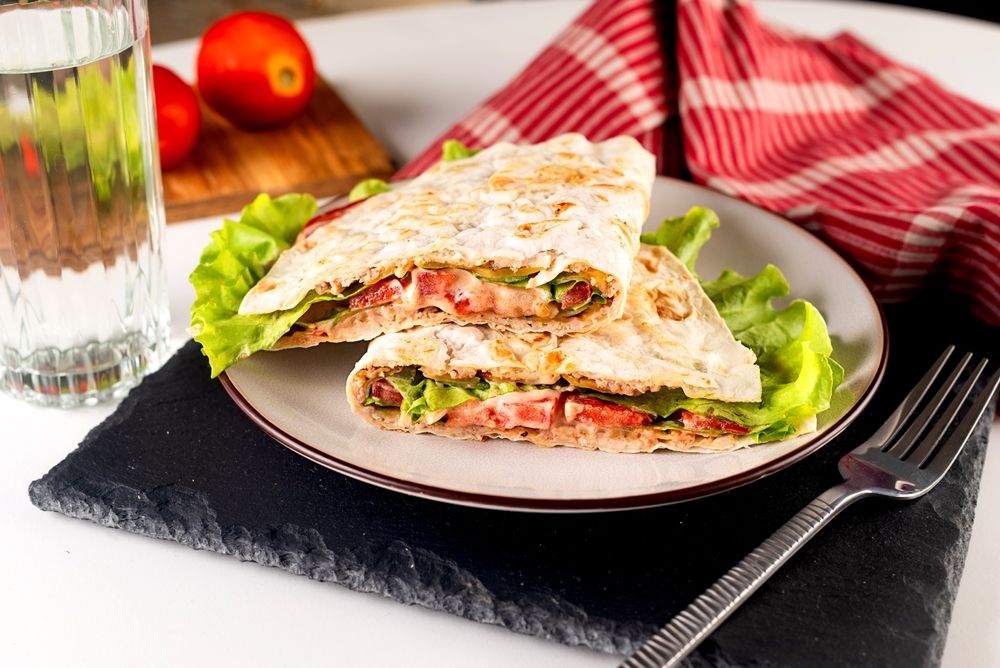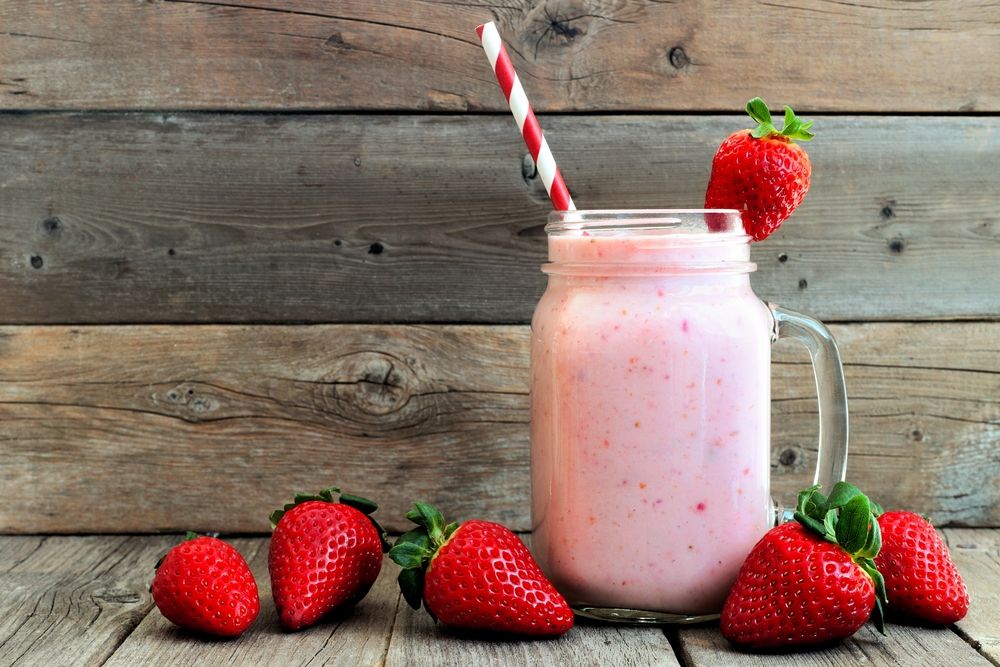
Glucagon-like peptide 1, or GLP-1, is a powerful amino acid chain released by the small intestine, brain, and pancreas in response to eating. This hormone plays a critical role in regulating appetite and blood sugar levels, making it a key player in weight management and diabetes care. GLP-1 enhances insulin release to lower blood sugar after meals, slows digestion to increase satiety, and may even curb cravings for certain foods. Together, these effects define the "GLP-1 response."
When you consume carbohydrates, they're converted into glucose, which enters the bloodstream and raises blood sugar levels. In response, the pancreas releases insulin to bring those levels back to normal. However, some people develop insulin resistance—a condition where the body struggles to respond to insulin effectively, leading to higher insulin production. Chronic high insulin levels can contribute to weight gain over time. Supporting healthy blood sugar and insulin levels through strategic food choices and lifestyle habits is essential for managing weight and metabolic health.
One of GLP-1's key effects is delayed gastric emptying, which means food takes longer to pass from the stomach to the small intestine. This slower digestion helps you feel fuller for longer, naturally reducing the urge to snack and making it easier to control portion sizes—both of which support the calorie deficit needed for weight loss.
GLP-1 also impacts the brain’s reward system, helping to reduce food cravings and quiet the constant thoughts about eating. By easing the habitual urge to snack or eat out of emotion, it promotes mindful eating habits. These combined effects make managing hunger, reducing calorie intake, and making healthier food choices more achievable, paving the way for sustainable weight loss.
Below are seven powerful strategies to naturally enhance your GLP-1 response and accelerate your weight loss journey.
Embrace healthy fats.

Fat-rich foods digest more slowly than carbohydrates or proteins, helping to prolong the feeling of fullness. Adding healthy fats like avocado, a drizzle of salad dressing, or a spoonful of peanut butter to your meals and snacks can mimic the effects of the GLP-1 response by slowing gastric emptying and enhancing satiety.
Load up on fiber.

Fiber is a nutritional powerhouse with many health benefits, including its ability to slow digestion and promote longer-lasting fullness. Incorporating soluble fiber-rich foods like beans, lentils, berries, and oats into your meals can support weight loss while boosting overall nutrient intake. To maximize benefits and avoid digestive discomfort, increase fiber gradually and ensure you stay well-hydrated.
Moderate your carbohydrate portions.

Carbohydrates are an essential part of a balanced diet, but consuming them in large quantities can cause rapid spikes in blood sugar, which may contribute to insulin resistance over time. To promote balanced blood sugar levels and support your GLP-1 response, aim for moderate portions—such as filling just ¼ of your plate with carbohydrates.
Get moving after meals.

Engaging in light activity, such as a 10–15 minute walk after meals, helps your body process sugar from your meal more effectively. Exercise also improves insulin sensitivity, supporting better blood sugar regulation. Maintaining this balance can make weight loss more manageable and sustainable.
Eat consistently throughout the day.

Eating regular meals—such as breakfast, lunch, and dinner—helps regulate appetite and reduces the likelihood of overeating. Long gaps between meals, especially over four hours, can lead to intense hunger, making it harder to manage portion sizes and make healthy food choices. If your meals are spaced far apart, consider adding a fiber-rich snack to keep hunger in check and maintain balanced energy levels.
Don't restrict enjoyable foods.

Labeling certain foods as "off-limits" or "bad" can intensify cravings and preoccupation with those items, often leading to overindulgence when you eventually give in. Instead, allowing yourself to enjoy these foods in moderation—perhaps a few times a week—can help reduce cravings and quiet the mental chatter around food, making it easier to stay on track with your weight-loss goals.
Add protein to every meal and snack.

Including a protein source with every meal and snack can enhance fullness and reduce the temptation to snack between meals. Like the GLP-1 response, protein slows digestion, promoting longer-lasting satiety. Adding foods such as eggs, yogurt, lean meats, nuts, or legumes not only provides sustained energy but also naturally supports weight management efforts.

